In Defense of Animals’ 10 Worst Zoos For Elephants In 2022 Revealed
In Defense of Animals’ annual list of the 10 Worst Zoos for Elephants in North America has exposed suffering caused by extreme lack of space, even at zoos which have expanded or updated their exhibits. The Oregon Zoo has been shamed as #1 on the 10 Worst Zoos list for causing more injury and trauma to the animals despite adding more space. Bill Maher, Sarah Silverman, and Jorja Fox are among those calling for the captive elephants at these zoos to be released to accredited sanctuaries.
10 Worst Zoos 2022:
-
-
-
-
-
-
-
-
-
-
For many years, zoos have touted new “state of the art” elephant exhibits, expanded to provide three or more times the space of their former enclosures. Zoos raise enormous amounts of money to make these expansions: $50 million for the Cincinnati Zoo & Botanical Garden, and $58 million for the Oregon Zoo are just two recent examples. The sad fact is, expanding elephant enclosures wastes money and elephants’ lives. It is time to expose the zoo space sham and realize that the sooner we confront this reality, the sooner we can end the suffering of captive elephants.
“It’s dishonest of zoos to spend millions on expansions claiming more room for elephants, only to crowd more in. In Defense of Animals’ 10 Worst Zoos for Elephants helps to expose the shocking truth of elephants suffering in captivity,” actress and producer Jorja Fox said in a statement.
While added acres may seem like a lot to the casual observer, when you look deeper you see how little, if any, benefit it provides to far-roaming elephants. Elephants need miles to roam, not a few scant acres. The bodies and minds of Earth’s largest land mammals have developed over centuries to walk vast distances, seeking water and foraging from scores of varied plant species.
Elephants endure many deprivations in zoos, but the lack of sufficient space is a major contributor to their suffering, as testified to in this new study co-authored by renowned wildlife biologist Dr. Keith Lindsay.

Elephants suffer enormously in zoos from not being able to live the way they were born to live. Zoo captivity even causes brain damage, as exposed in IDA’s 2021 list of the 10 Worst Zoos for Elephants.
When a zoo expands its elephant space from one or two acres to three or six acres, or even 10 like the Tulsa Zoo, it simply increases the problems that elephants face in captivity. Often zoos expand exhibit space so they can import more elephants to the zoo, usually with a plan to breed them. Deceitful zoos are spending vast funds under the pretense of giving elephants more space….then they stuff the exhibit with breeding elephants and their babies who draw in crowds, but die at a shocking rate.
Consider what a few acres is for an elephant. Les O’Brien, a former zoo elephant keeper comments, “That’s like a family living in a room the size of a bathroom for their whole lives.”
Furthermore, expanding elephant exhibits does not save any elephants in the wild. Every elephant imported to a zoo or bred in a zoo lives their entire lives in captivity. To imply otherwise is to obscure the truth.
In light of this, what can zoos do to improve the lives of their elephants? Looking to sanctuaries accredited by the Global Federation of Animal Sanctuaries would be a good start. True elephant sanctuaries respect elephant autonomy, do not breed elephants or put them on public display, and provide hundreds or even thousands of acres for elephants to roam.
North American zoos with captive elephants fall significantly below GFAS standards. The only way to truly invest in elephant wellbeing is:
-
Stop breeding elephants. Captive breeding is brutal to adults and deadly to infants.
-
Stop importing elephants from other zoos and certainly from the wild.
-
-
Pledge to close elephant exhibits. Many zoos around the world have retired their elephants and others have pledged to end confining elephants in their zoo once they die.
In Defense of Animals encourages all zoos to follow in these progressive footsteps and end the horrific mental and physical suffering of elephants in zoos.
Content courtesy of In Defense of Animals. Help them continue fighting for animals, people, and the environment by making a donation HERE!



